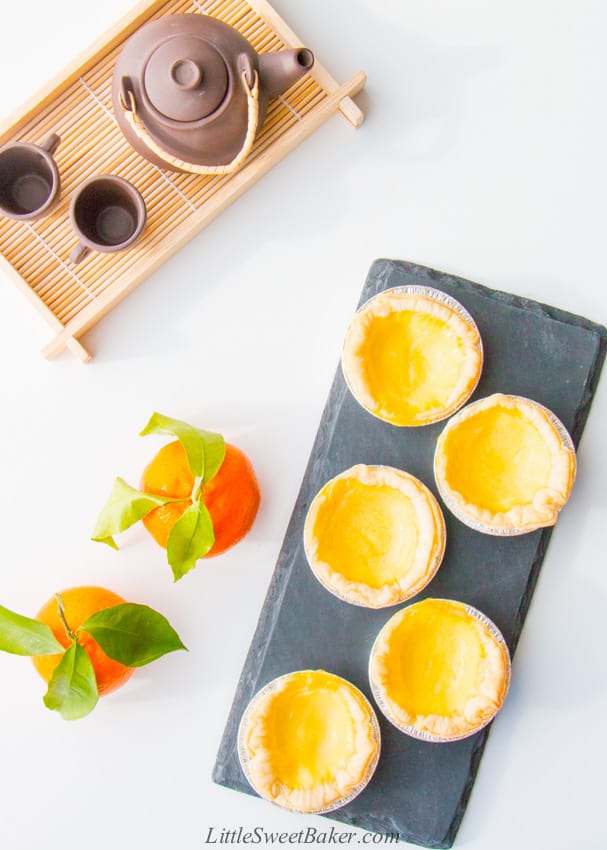

Guangzhou's status as the only port accessible to foreign traders led to the development of Cantonese cuisine having many outside influences. “You’d see my dad and a bunch of ladies cutting and squeezing, baking and selling the tarts all in one place,” she said.The egg tart started being sold in the early 20th century in Guangzhou (Canton), Guangdong province, inspired by the English custard tart. The original location – a peeling beige façade surrounded by two-storey, European-style buildings splashed in lively shades of turquoise, sunny yellows and pastel pinks – continues to draw queues of locals and travellers alike.Īudrey Stow remembers her father with joy, having spent her childhood years with him in the tiny bakery, which was equipped with three ovens and located behind the family’s former apartment. Having already expanded to a second space in Coloane, a factory near the airport and a branch in The Venetian Macao resort in 2014, the family is opening a new casual dinner restaurant in Coloane in December. Despite initial hurdles – “the Portuguese turned their noses up because they weren’t authentic enough and the Chinese thought the black spots on top would make them sick,” Eileen explained – today the company sells 13,500 to 14,000 tarts a day. So we went in and tried them, and I ‘Ugh these are horrible.’ And he just said: ‘Mine will be much better than that.’”Īnd by all accounts, Stow has found success. “It was these little gnarled up, camel-dropping things that were just very bad pastel de nata. “I remember walking down Oxford Street with Andrew in 1988, we passed a bakery and he pointed and said ‘That’s what I’m going to make in my bakery,” said Eileen. The result was a Portuguese-English hybrid – with a custard that’s more like the English version, and a light, flaky shell and caramelised top that stays true to the Portuguese pastel de nata – thought by historians to be invented by the 18th-century monks of the Jeronimos Monastery in Lisbon’s Belém parish. He also chose to mould the tart’s shells by hand – a divergence from the dense English shell that’s pounded into shape. Not content with the Hyatt’s traditional tart, which had a jelly-like consistency, Stow tinkered with the recipe, jettisoning corn flour in the spirit of the creamier British custard tarts. “They were a version of the pastel de Belem of Lisbon – an egg tart with a much paler filling which included corn flour.”Ĭhef Raimund Pichlmaier, who worked at the Hyatt Regency and had been a client of Stow’s import business, introduced the Englishman to the pastel de nata recipe and gave him a dozen heavy-duty tart tins to get going. The Hyatt Regency (now the Regency Hotel Macau) was also experimenting with egg custard tarts on the buffet line from time to time, "but these were different,” Thomas said.


“, the only custard tart on sale in cake shops was one with a short crust which was an import from Hong Kong, influenced by the British custard tart,” said Liz Thomas, a longtime Macau resident and former event planner and travel operator.

Until then, very little European food culture had influenced the region. “In the ‘80s, a lot of Portuguese came to Macau and started their own businesses because the country was seeing an economic boom,” explained Jason Wordie, local historian and author of the book Macao – People and Places, Past and Present. When he then decided to start a bakery, he just happened to open shop at the right time. First he was an industrial pharmacist, and then he opened up an ingredient import business, which eventually failed. Stow opened the now famous Lord Stow’s Bakery in Coloane’s central square in 1989 – but he hadn’t moved to Macau to be a baker.


 0 kommentar(er)
0 kommentar(er)
